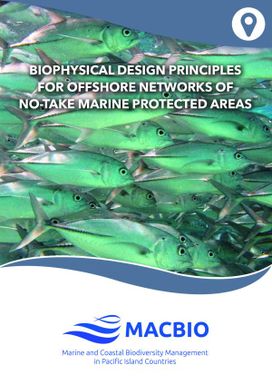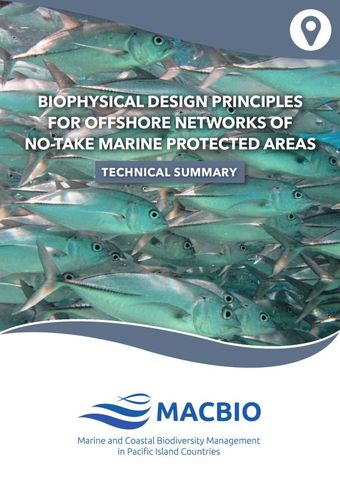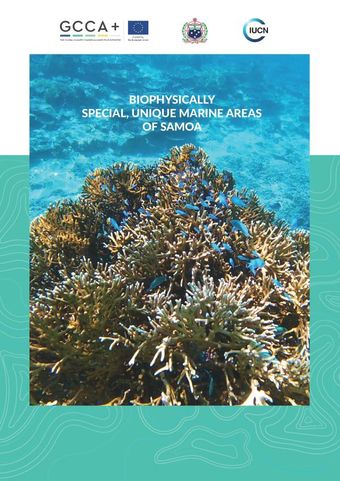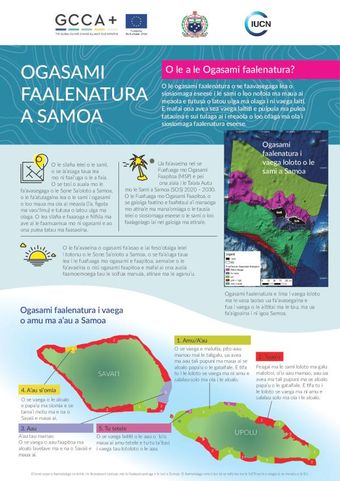Biophysical Design Principles for Offshore Networks of No-Take Marine Protected Areas.
- Description:
- Many types of Marine Protected Areas (MPAs) exist and contribute to sustainable marine resource use, but no-take MPAs, where all extractive activities are prohibited, are the most effective tool managers can use to protect marine ecosystems from destructive and unsustainable extractive human activities. No-take MPAs have been widely advocated and implemented in coastal seas all over the world. The success of MPAs has been significantly enhanced where science-based biophysical design principles or guidelines have been used to assist in the MPAs and MPA network design. Increasingly across the globe, as human pressure is expanding further offshore, some governments have established very large MPAs (>150,000 km 2). In addition to establishing large individual MPAs, some jurisdictions have chosen to declare networks of open-ocean MPAs. Given that most of the ocean is offshore, this is the only way to reach global targets for ocean protection.
- Collections:
- Secretariat of the Pacific Regional Environment Programme (SPREP)
- Publisher:
- Secretariat of the Pacific Regional Environment Programme (SPREP); IUCN & giz
- Content partner:
- Secretariat of the Pacific Regional Environment Programme (SPREP)
- Availability:
- Not specified
-
Copyright status: All rights reservedFind out more about what you are able to do with this itemThis item is all rights reserved, with means you'll have to get permission from Secretariat of the Pacific Regional Environment Programme (SPREP) before using it. For more information, please see our use and reuse page.What can I do with this item?Non-infringing useNZ copyright law does not prevent every use of a copyright work, and this item may be hosted by an international institute or organisation. You should consider what you can and cannot do with a copyright work.No sharingYou may not copy and/or share this item with others without further permission. This includes posting it on your blog, using it in a presentation, or any other public use.No modifyingYou are not allowed to adapt or remix this item into any other works.No commercial useYou may not use this item commercially.
Related items
Welcome and warm Pasifik greetings
The information on this site has been gathered from our content partners.
The names, terms, and labels that we present on the site may contain images or voices of deceased persons and may also reflect the bias, norms, and perspective of the period of time in which they were created. We accept that these may not be appropriate today.
If you have any concerns or questions about an item, please contact us.



